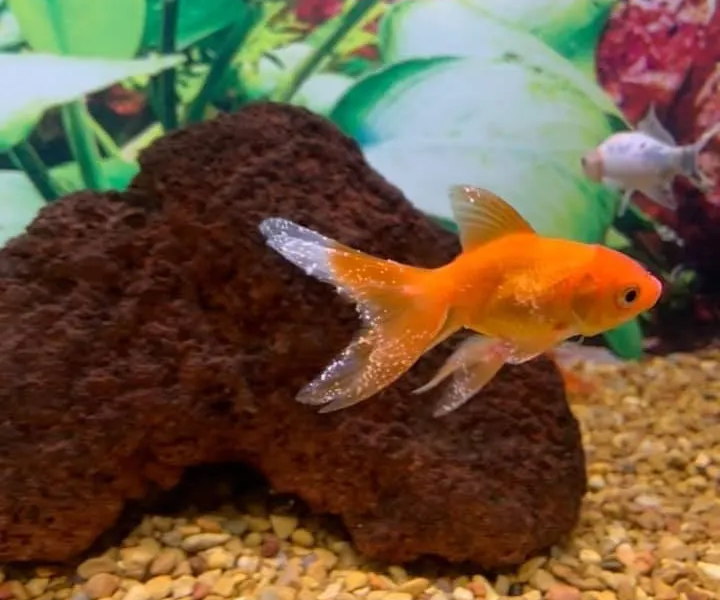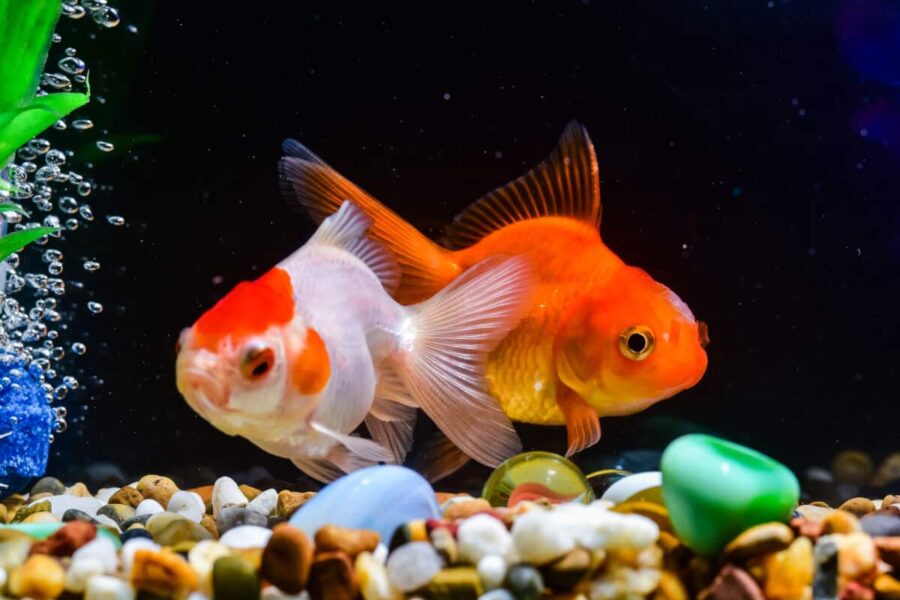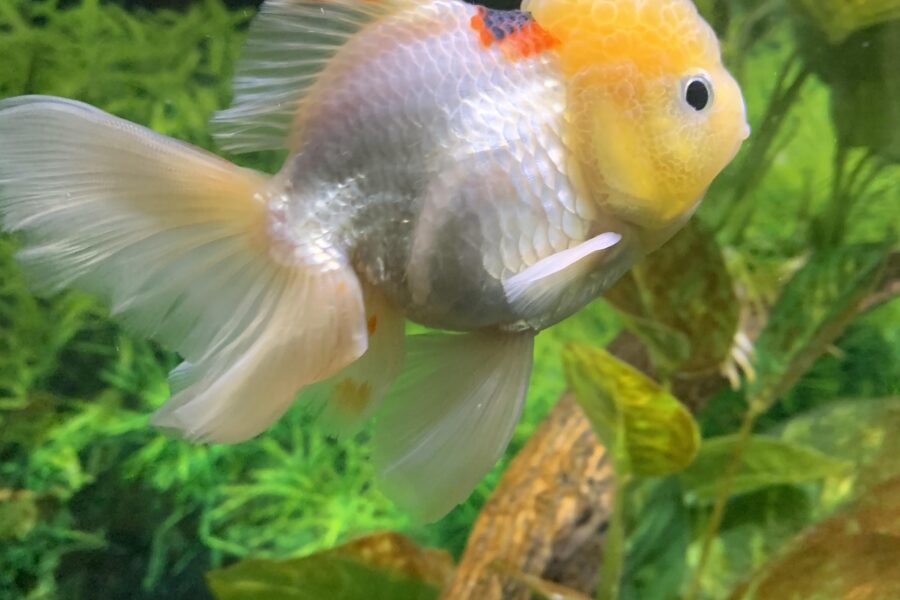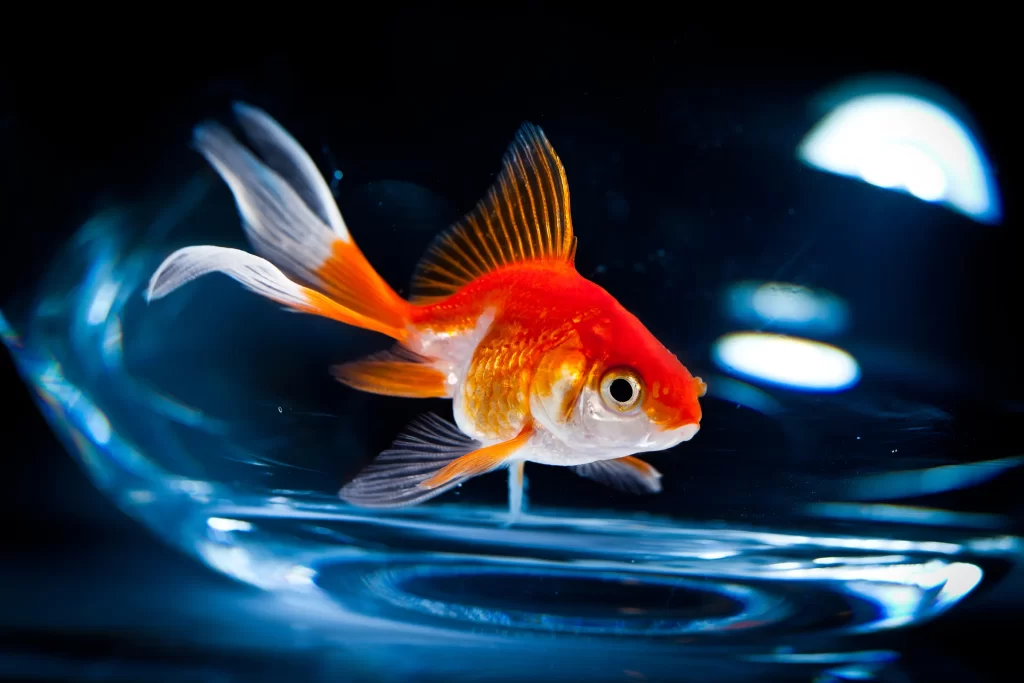
Welcome to the fascinating world of aquariums, where ‘cycling’ reigns supreme. But what exactly is ‘aquarium cycling’ you may wonder? Well, buckle up, our journey is about to begin. It’s a crucial process that ensures your aquatic friends thrive in a healthy, balanced environment.
Beyond introducing adorable fishes or aesthetically pleasing plants, understanding the Nitrogen cycle is imperative. This cycle is the unseen hero keeping your aquarium healthy. However, it, too, can turn into a villain if imbalances occur, leading to potential hazards. Fret not; we’ll explore these as we dive further into the guide.
Understanding Aquarium Cycling

What is Aquarium Cycling?
Picture this: You’re excited about setting up your new aquarium. It’s all shiny and clean. You’re keen on moving your fishy guests in ASAP. But hold up, there’s a crucial step ahead – Aquarium Cycling! So, what exactly is this cycling malarkey? Simply put, aquarium cycling is spawning a natural environment for healthy bacteria. These bacteria convert harmful toxins, left from fish waste, into less harmful substances.
Why is it Important?
You must be thinking, “Why do I need bacteria? I can just clean it.” Well, imagine constantly being surrounded by your own waste. Eew, right? That’s exactly what happens to our swimmy friends without these bacteria. They convert harmful substances (like ammonia) produced from fish waste into less harmful nitrite and nitrate keeping your fishes splish-splashing happily!
Ready for a chemistry refresher? Good! Because next, we’re delving into the nitrogen cycle and its major role in aquarium health. Don’t worry; there are no test papers, just an exciting revelation ahead. So, keep your snorkeling glasses handy, let’s dive in!
The Nitrogen Cycle and Its Impact on Aquarium Life

Consider our earth. The circle of life actively takes place in both land and sea. Relating this to your aquarium, a similar process unfolds called the Nitrogen Cycle.
Introducing the Nitrogen Cycle
Imagine organizing a party in a small room. If you don’t empty the trash periodically, soon the party turns into a messy affair. Similarly, the Nitrogen Cycle in an aquarium is all about managing waste. The waste produced by fish and decaying organic matter breaks down into ammonia. Bacteria then convert ammonia into nitrite and later to nitrate, which is less toxic. Plants and water changes finally remove these nitrates.
Role of Nitrogen Cycle in Aquarium Health
The Nitrogen Cycle is the invisible hero keeping your aquarium inhabitants alive and thriving. It maintains ideal water conditions by breaking down toxins. Essentially, it keeps the ‘aquarium party’ tidy, ensuring your fish breathe easier. Strengthening your aquarium’s Nitrogen Cycle could be the difference between a happy, balanced ecosystem and an environmental disaster!
Potential Hazards of Nitrogen Imbalance
At the risk of being dramatic, let’s say the Nitrogen Cycle crashes. Tons of ammonia and nitrite flood your aquarium making it the ‘party from hell’ for your fish. Ideally, both these substances should be zero in a healthy tank. So, if you see fish gasping for air or showing strange behaviors, you might be dealing with a Nitrogen imbalance, aka your cue to act!
With that fresh in our minds, we now step into the next section. Brace yourselves, future aquarist – we’re about to dive deep into the marvel that is Aquarium Cycling! Lots of science, a touch of patience but trust me, it’s all worth it in the end.
Steps to Cycle Your Aquarium
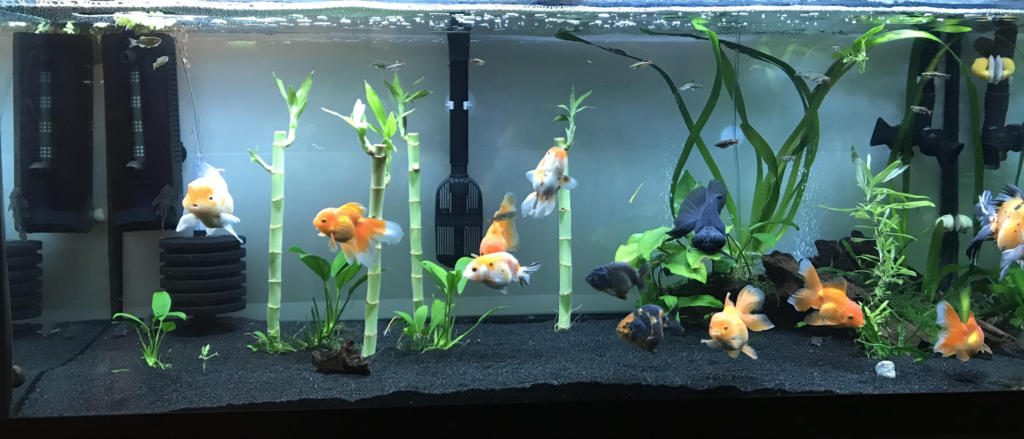
As a wise man once said, “Patience is not about waiting, but the ability to keep a good attitude while waiting.” This couldn’t be truer when it comes to cycling your fishy abode.
Step By Step Guide to Cycling
- Gather Necessary Equipment: Before starting, ensure you have all the equipment ready.
- Dechlorinate the Water: Fish aren’t fans of chlorine. It’s essential to treat the water to remove any traces of it.
- Introduce a Source of Ammonia: This can come from fish food or even pure ammonia. By doing this, you’re signaling the beneficial bacteria to start breaking down the ammonia, which is crucial for a cycled tank.
Keep in mind, while the process might seem a tad complex at first, with time and patience, it’ll become second nature. Happy cycling!
Time Duration for Aquarium Cycling
Now, onto the waiting game. It’s a marathon, not a sprint, folks. This cycling journey can take anywhere from 2 weeks to 2 months. (Yeah, I know, as swift as a garden snail.) But hey, Rome wasn’t built in a day and neither are healthy aquariums!
In the world of aquarium cycling, patience isn’t just a virtue–it’s a prerequisite. Brace yourselves for the next round!
Troubleshooting Common Problems
Every great journey has its share of bumps. (Aquarium cycling is one epic voyage, after all.) If your nitrogen levels make you scratch your head more times than a disoriented cat, don’t panic. You may have added too many fish too quickly or missed a water change. Too much for your fishy pals to handle, right?
Remember, it’s about striking the perfect balance, like a ballerina on wet ice, and always giving your finned residents the best backstage pass to life.
Breathe in, breathe out, and prepare for the next level! We’re going to delve into the care tips once the cycling ordeal has passed. Stick around, it’s going to be fin-tastic!
Proper Maintenance for a Cycled Aquarium

Every pet owner knows, loving your little underwater buddies isn’t about setting up their home and leaving them be. Proper post-cycle maintenance is your unspoken promise to them. So, let’s dive into how to maintain a cycled aquarium.
Routine Checks for Nitrogen Levels
You remember that nitrogen cycle, right? It has a habit of showing up uninvited and wreaking havoc. Regular checks keep it in line. Use a reliable test kit to measure the ammonia, nitrites, and nitrates in the water. It’s your basic ‘look before you leap’ scenario.
Adjustments and Balancing Techniques
Imagine being on a see-saw that doesn’t balance – fun? Probably not. The same concept applies to your aquarium’s environment. Maintaining the balance of pH, hardness, and alkalinity at appropriate levels is crucial for the well-being of your aquatic inhabitants. If these levels are disrupted, remedies often include implementing partial water changes or introducing specific conditioner products to restore balance. To optimize the overall health of your aquarium, especially if you have goldfish, consider the foundation of your tank. Check out our article on the 5 Best Substrates for Goldfish Tanks of All Sizes to ensure your aquatic environment is as beneficial as possible for your fish.
Suggested Maintenance Schedules
So, here’s a dreaded M-word: Maintenance. But worry not, it’s less daunting than it sounds. Weekly checks for nitrogen levels and monthly for pH, water hardness gets a lot done. Remember to replace 10-15% of tank water each week too.
Before you run off to show off your sparkling, well-balanced aquarium, we have another important point. It’s like your favorite dessert waiting for you at the end of a feast. Let’s move to the next section, incorporating plants and animals into our happily cycled aquarium.
Incorporating Plants and Fish

So, you’ve done your due diligence with cycling and your aquarium water is as balanced as a yoga teacher on a wellness retreat. It’s time to add some color and life to that watery world you’ve crafted. But hold your seahorses! There’s a method to the marine madness.
When to Add Living Creatures
Now, how do you know when it’s safe for your aquatic amigos to dive into their new home? Simple, test the water’s ammonia and nitrite levels. They should be at zero. If a smidge or a speck can be detected, keep calm and carry on cycling. Once you’ve achieved this zero-zen, your aquarium is ready to transition from barren to bustling.
Steps to Introduce Plants and Fishes
Introducing plants and fishes to your aquarium shouldn’t be a cannonball dive but more of a gentle toe testing. Start with hardier species and plants first, like Anubias or Hornwort plants and creatures like Cherry Shrimp or Betta fish. They are like the big sibling of the aquarium world who pave the way for the smaller, more sensitive species.
Choosing the Right Species for Your Aquarium
Your choice of water dwellers can get as diverse as a United Nations meeting or as coordinated as a staging of ‘Swan Lake’. It’s dependent upon you, your budget, and the environment you’ve created. Always remember, though, diversity is great but overcrowded is bad, and your fish and plants should get along better than cats and dogs.
Now that you’ve become a pro at setting up, cycling, and maintaining an aquarium, you’re one step away from becoming the neighborhood’s pet shop tycoon. Or, you know, just enjoy your underwater world with a cup of coffee and a good book. As for the maintenance, we’ll tackle that next with routine checks, adjustments, and ways to keep your underwater paradise pristine.
To Sum Up
In conclusion, understanding aquarium cycling, specifically the Nitrogen Cycle, is vital for maintaining a healthy aquarium. The imbalance of Nitrogen can create potential hazards for your marine life. Mastering the steps to properly cycle your aquarium along with timely troubleshooting ensures your aquarium is always prepared for its inhabitants.
In terms of maintenance, conducting routine checks for Nitrogen levels and balancing techniques maintains the cycle. Following a strict maintenance schedule is quintessential. And finally, the right time and methods to introduce plants and animals into your perfectly cycled aquarium concludes the full circle of creating and maintaining a thriving underwater ecosystem. Your knowledge and effort can help choose the right species suited for your aquatic home.
Frequently Asked Questions (FAQ)
Question: What is aquarium cycling?
Answer: Aquarium cycling is the process of establishing beneficial bacteria in your aquarium that eliminate harmful toxins produced by fish waste and uneaten food.
Question: Why is the nitrogen cycle important in an aquarium?
Answer: The nitrogen cycle is crucial because it breaks down the lethal waste products like ammonia and nitrite into less harmful nitrates that can support plant life and be easily removed.
Question: How long does it typically take to cycle an aquarium?
Answer: On average, it can take anywhere from 2 to 6 weeks, but timing largely depends on factors like the number of beneficial bacteria started with, the tank’s temperature, and the pH of the water.
Question: Can I add fish during the cycling process?
Answer: It is not recommended to add fish during the initial cycling process as the fluctuating levels of ammonia and nitrites can cause severe stress and even death to the fish.
Question: What are the signs of a successfully cycled aquarium?
Answer: You will know your aquarium has fully cycled when levels of ammonia and nitrites have dropped to zero and the nitrate level begins to rise.
Question: How often should I check for nitrogen levels?
Answer: Regular checks especially during the initial cycling process are essential. Once cycled, a weekly nitrogen level check should suffice.
Question: Is it necessary to use plants in aquarium cycling?
Answer: Although not necessary, plants can absorb some harmful waste products, make the environment more appealing, and can lead to a more robust ecosystem in your aquarium.
Question: How do you introduce animals to a newly cycled tank?
Answer: Start slow. Add a few hardy species first and let them acclimate to the tank. Gradually introduce the rest of the species over several weeks to give your tank’s bacterial colonies the ability to adjust to their waste.

